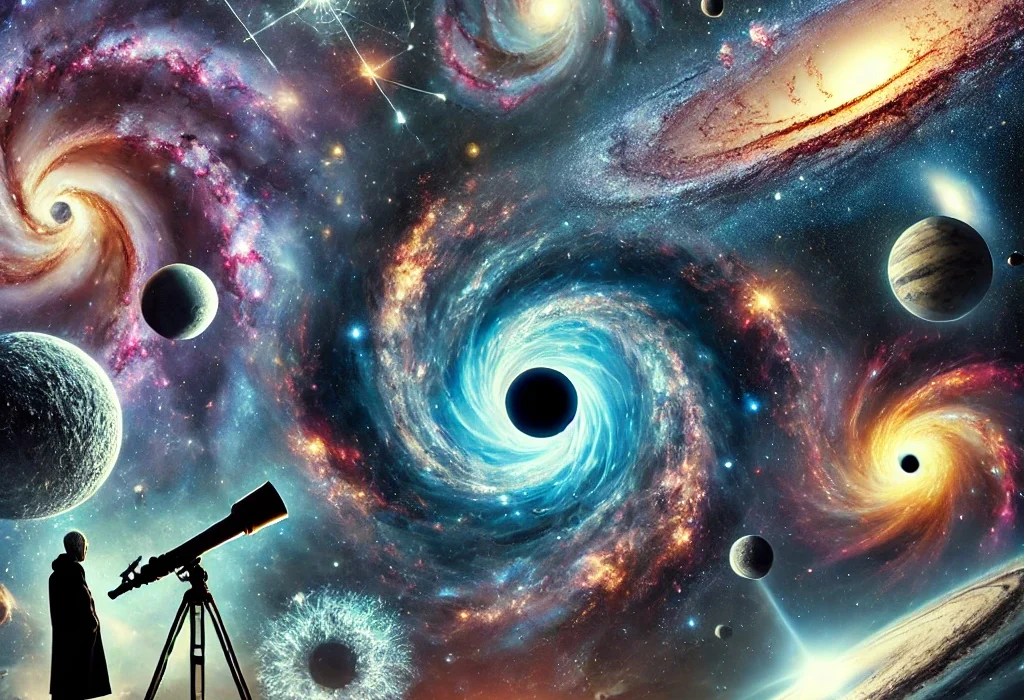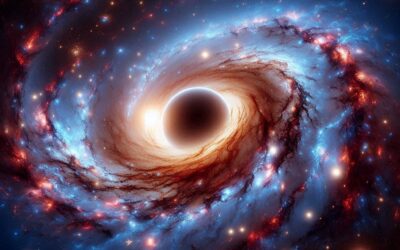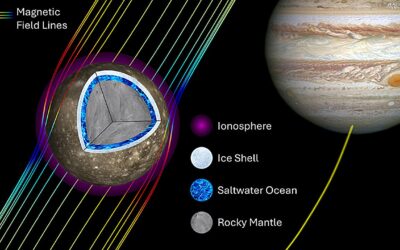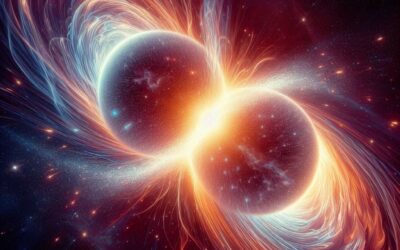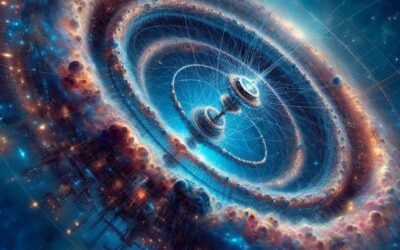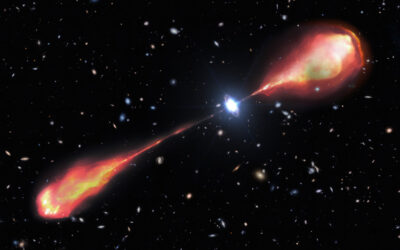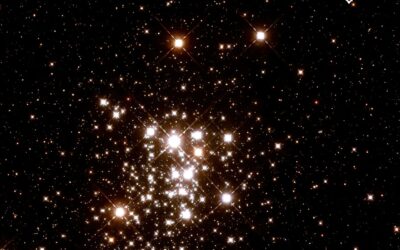Astrophysics is the branch of science that seeks to understand the fundamental workings of the universe—from the birth of stars to the mysteries of black holes. Over the centuries, groundbreaking discoveries have continually reshaped our understanding of the cosmos, challenging long-held beliefs and opening new avenues of exploration. These discoveries have revealed not only the vastness of the universe but also its complexity, from the nature of gravity to the discovery of dark matter and dark energy. The process of unraveling these cosmic mysteries has involved theories, observations, and innovative technologies, pushing the boundaries of human knowledge. This journey has been marked by key moments, each representing a significant leap forward in our quest to comprehend the origins, structure, and eventual fate of the universe. In this article, we will explore the top 10 astrophysical discoveries that have fundamentally altered how we view the cosmos and our place within it.
1. The Heliocentric Model (16th Century)
One of the first major shifts in our understanding of the cosmos came with the realization that Earth was not the center of the universe. Before Nicolaus Copernicus proposed the heliocentric model in 1543, most people believed the Earth was stationary and everything revolved around it, as argued by Ptolemy in his geocentric model.
Copernicus’ theory suggested that the Sun, rather than Earth, was at the center of the solar system. This was a revolutionary idea at the time and laid the foundation for later discoveries by Galileo Galilei and Johannes Kepler, who provided empirical evidence and refined our understanding of planetary motions. Copernicus not only reshaped our solar system but also forced humanity to reconsider its place in the universe.
2. The Discovery of Gravity (17th Century)
Isaac Newton’s law of universal gravitation (1687) was another fundamental breakthrough that revolutionized astrophysics. Newton proposed that every mass in the universe exerts an attractive force on every other mass, and this force diminishes with the square of the distance between the masses.
This discovery explained the motion of celestial bodies with remarkable accuracy. The force of gravity governed the orbits of planets, the tides, and even the trajectories of comets. Newton’s work provided the mathematical foundation for understanding how objects in the cosmos interact with each other, and his laws still hold true in most situations to this day.
3. The Nature of Light and the Electromagnetic Spectrum (19th Century)
Understanding light was critical for advancing astrophysics. In the 19th century, James Clerk Maxwell discovered that light is an electromagnetic wave, meaning it is made up of oscillating electric and magnetic fields. This groundbreaking theory unified previously separate fields of electricity, magnetism, and optics.
Simultaneously, scientists like William Herschel and Friedrich Wilhelm Bunsen were exploring the electromagnetic spectrum, discovering that light was only a small part of a much broader range of radiation. Infrared and ultraviolet light were both detected, and this led to the creation of new tools for studying distant stars and galaxies. The full electromagnetic spectrum, from radio waves to gamma rays, is now essential for modern astrophysical research.
4. The Expanding Universe and Hubble’s Law (20th Century)
In the early 20th century, Edwin Hubble made a discovery that completely reshaped our view of the cosmos. While studying distant galaxies, Hubble noticed that they were moving away from Earth, and the further away a galaxy was, the faster it seemed to be receding. This observation led to the formulation of Hubble’s Law, which states that the universe is expanding.
This was one of the key pieces of evidence for the Big Bang theory of the universe’s origin. Hubble’s observations revealed that the universe was not static, as had been previously thought, but instead was dynamic and evolving. This discovery not only changed how we viewed the universe but also gave rise to questions about its ultimate fate and its beginnings.
5. The Theory of Relativity (20th Century)
Albert Einstein’s theory of relativity revolutionized our understanding of space and time. His special theory of relativity (1905) proposed that the laws of physics are the same for all observers, regardless of their relative motion. He also introduced the concept of time dilation, where time slows down as an object approaches the speed of light.
Later, his general theory of relativity (1915) described gravity not as a force, as Newton had done, but as a curvature in spacetime caused by mass and energy. This theory explained phenomena like gravitational lensing and black holes, and it was confirmed experimentally in 1919 when Arthur Eddington observed the bending of starlight by the Sun’s gravity.
Einstein’s theories fundamentally changed our view of the cosmos, showing that space and time were not separate entities but interconnected, flexible fabrics that could be influenced by mass and energy.
6. The Discovery of Cosmic Microwave Background Radiation (1965)
In 1965, Arno Penzias and Robert Wilson stumbled upon an unexpected discovery while working with a radio telescope: microwave radiation coming from all directions in space. This was the faint afterglow of the Big Bang, known as the cosmic microwave background (CMB) radiation.
The discovery of the CMB provided key evidence supporting the Big Bang theory and the idea that the universe began in a hot, dense state. It also helped establish the age of the universe as approximately 13.8 billion years. The CMB serves as a snapshot of the universe when it was just 380,000 years old, offering a glimpse into its infancy and revealing critical information about the early universe’s composition and structure.
7. The Existence of Black Holes
Black holes were once purely theoretical, the product of Einstein’s equations in general relativity. The idea that there could be regions in space where gravity is so strong that not even light could escape was proposed by Karl Schwarzschild in 1916. However, it wasn’t until the late 20th century that the first observational evidence for black holes came to light.
In the 1970s, astronomers discovered X-ray binaries – pairs of stars where one was a black hole, pulling matter from its companion. The discovery of the supermassive black hole at the center of our galaxy, the Milky Way, provided further evidence. Since then, the study of black holes has become a central focus in astrophysics, with discoveries like gravitational waves from black hole mergers providing further confirmation of their existence.
8. The Detection of Gravitational Waves (2015)
In 2015, the Laser Interferometer Gravitational-Wave Observatory (LIGO) detected gravitational waves for the first time. These waves were ripples in spacetime caused by the collision of two black holes. This discovery confirmed a major prediction of Einstein’s theory of general relativity and opened up an entirely new way of observing the universe.
Gravitational waves allow scientists to observe phenomena that are invisible to traditional telescopes, such as the mergers of black holes and neutron stars. This discovery marks the beginning of a new era in astrophysical research, allowing us to probe the most extreme environments in the universe.
9. Dark Matter and Dark Energy (20th Century)
In the 1930s, Fritz Zwicky first proposed the existence of dark matter when he observed that the galaxies within clusters were moving too quickly to be held together by visible matter alone. Later, astronomers like Vera Rubin confirmed that galaxies, including our own, had much more mass than could be accounted for by visible stars and gas. This led to the conclusion that a large portion of the universe’s mass must be in the form of dark matter.
Even more mysterious is dark energy, which was discovered in the late 1990s when astronomers observed that the expansion of the universe was accelerating. Dark energy, which makes up about 70% of the universe, is thought to be responsible for this acceleration. Both dark matter and dark energy remain some of the most significant and puzzling challenges in astrophysics, driving research into the nature of the universe itself.
10. The Discovery of Exoplanets
In recent decades, the discovery of exoplanets – planets orbiting stars outside our solar system – has revolutionized our understanding of planetary systems. The first confirmed exoplanet was discovered in 1992, but it wasn’t until the launch of NASA’s Kepler space telescope in 2009 that exoplanet discoveries became commonplace.
Thousands of exoplanets have now been discovered, some of which are in the habitable zone of their stars, where liquid water could exist. This has sparked a renewed interest in the search for alien life and changed our perception of Earth’s uniqueness in the cosmos.
